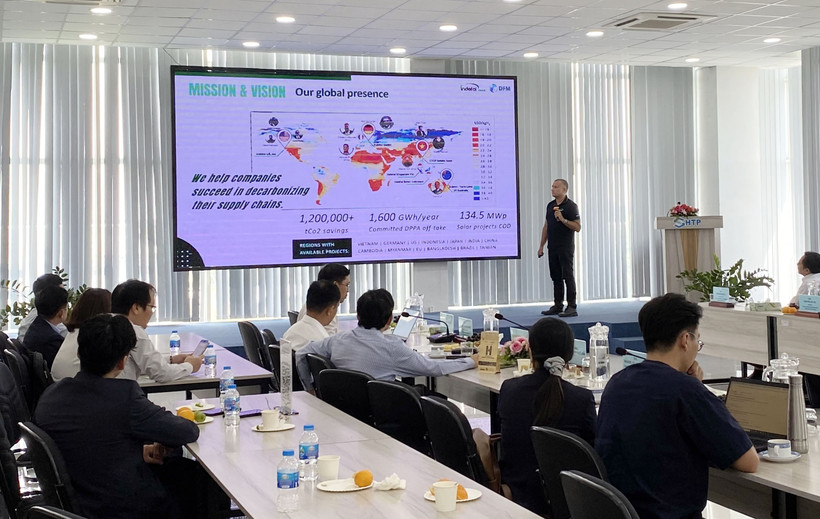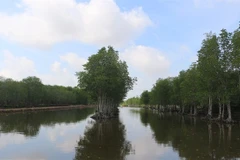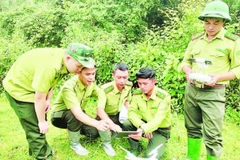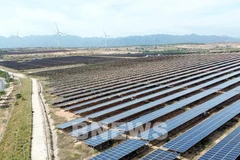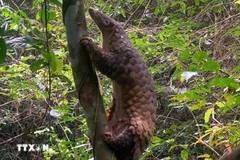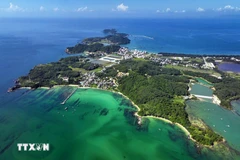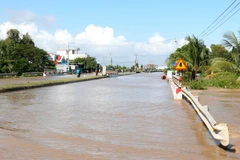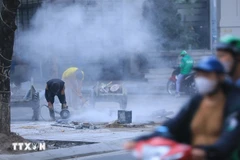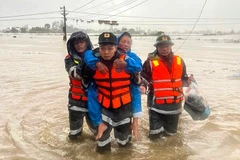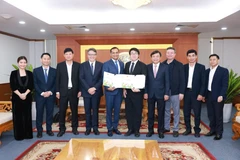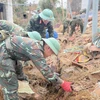HCM City (VNA) - Saigon Hi-Tech Park (SHTP) is aiming to pull more than half of its energy from renewable sources, a step in Vietnam’s race to hit net-zero emissions by 2050, heard a local seminar on June 17.
The push aligns with Ho Chi Minh City’s broader target to secure 15% of its energy from solar, wind, and waste-to-energy by 2030, locking in energy security while advancing national climate goals.
According to deputy head of the SHTP Management Board Le Quoc Cuong, the world is undergoing a profound energy revolution, with Vietnam at a pivotal moment brimming with opportunities and challenges.
Renewable energy, particularly green hydrogen, is gaining traction as a clean, high-potential alternative to fossil fuels, with the potential to decarbonise heavy industry, transportation and energy sectors, he added.
SHTP’s ambitious 50% renewable energy goal far exceeds the city’s 15% target, positioning the park as a trailblazing “living lab” for sustainable energy solutions. By integrating cutting-edge technology and interconnected resources, SHTP aims to attract quality foreign direct investment in sectors like semiconductors, microchips, and biotechnology.
Meeting and exceeding clean energy standards is key to making SHTP a top destination for global investors, he said.
The SHTP Management Board welcomes diverse perspectives and breakthrough proposals, critical or creative, to build a dynamic energy ecosystem, Cuong said, adding that collaboration with pioneering enterprises will keep SHTP at the forefront of Vietnam’s high-tech integration, digital transformation, and green growth priorities.
The seminar saw regulators, businesses, and experts exchange insights on renewable energy models, best practices, and emerging technologies.
Nguyen Hai An, Director of the Ho Chi Minh City Biotechnology Centre, said his centre has already installed rooftop solar systems to power its energy-intensive laboratories, cutting costs and ensuring round-the-clock operations.
The centre is also developing biological products to reduce environmental pollution and promote a circular economy. “We want corporate partners to jump in and help us power SHTP’s net-zero dream,” An added./.
